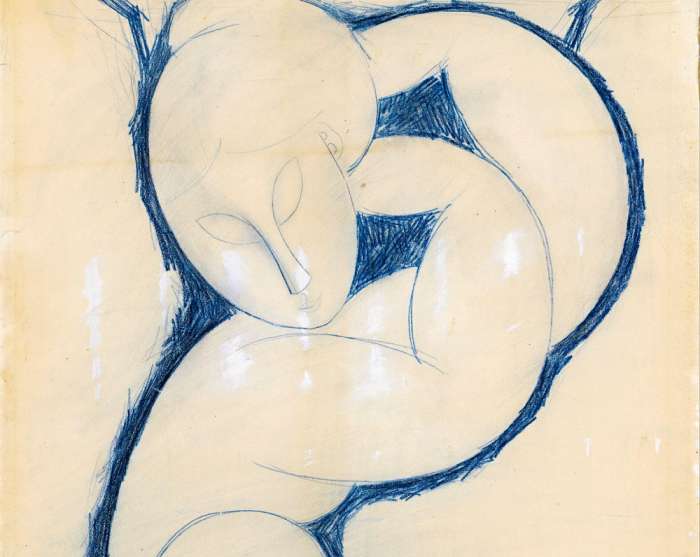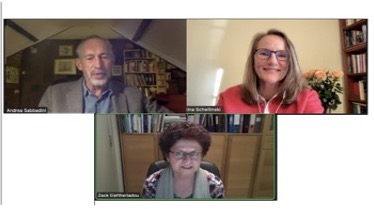Confer UK recap by Kristina Schellinski
As a Co-founder of the replacementchildforum.com, I express my deep gratitude to Confer UK for this event which sparked great interest in the international therapeutic community.

The conference on The Replacement Child: Reclaiming the Self was curated and chaired by Zack Eleftheriadou, author, child development expert, psychotherapist working with adults and a Fellow of the British Psychological Society.
Andrea Sabbadini, author of Boundaries and Bridges and of articles on the replacement child, Fellow of the British Psychoanalytical Society and acclaimed film critic, presented a brilliant paper “On not being (entirely) oneself”, rich with references to examples from literature and the arts, such as Vincent van Gogh who replaced his brother Vincent stillborn on the very same day one year before the world-famous painter. Sabbadini shared his insights from his psychoanalytical work with Renate (meaning: ‘reborn’) and with Michelle who replaced her brother Michael; he addressed issues of identity, guilt and the ensuing search for self-esteem when substitute children are “treated more as the embodiment of a memory than as persons in their own right.”
I presented an array of rich images which showed, among others, how the existential replacement child condition had affected the life of Salvador Dali who was born 9 months and 10 days after his two-year-old brother Salvador had died. I focused on the individuation process which can re-connect replacement children with their true self, allowing for an experience akin to a psychological rebirth, when they explore the long-term consequences in the presence of an understanding therapist, and rediscover the uniqueness of their being.

Some of the feedback
“It was a thought-provoking event, with wonderful new ways of reflecting about the specific issues; it was all relevant to my clinical work with patients but also in terms of my own family.I thought the speakers were charismatic and clearly knew their subject extremely well and both talks were passionately delivered.“
“Thank you very much for the Confer seminar today – the speakers and the questions were incredibly illuminating! it was an amazing experience and so moving to hear the accounts – both for me personally and for my professional work!”
Many colleagues shared their clinical observations as well as their personal concerns in the lively discussion which followed after the presentations. Given the interest and discussion this topic generated, we could have easily continued for many hours.
Siblings and Role of Grandparents
The question of how siblings of a replacement child are affected was raised and this deserves further study.
Also, the transgenerational transmission was of concern:
“What is the role of grandparents in helping to see the true self of a child born after loss?” “And how can parents support each other, if one is finding it hard to attach to the baby born into grief?”
Awareness and Counselling
Counselling and help with the grieving process and most of all empathetic understanding for all touched in a family by a loss, will help children to grow up better in the wake of the death of a sibling, or even when a sibling has fallen seriously ill. Awareness and open communication can help prevent the ‘making’ of replacement children.
Understanding not Pathologizing…
Andrea Sabbadini, Zack Eleftheriadou and I emphasised in the discussion that “it is far better to offer replacement children our understanding and to not pathologize! The replacement child condition is an existential condition being experienced by many human beings. Symptoms and suffering may bring replacement children to our consulting room but understanding the root problem is what will be transformative.” In the interview, Zack asked the speakers about the delicate nature of the work and asked if long term was required and both speakers discussed the importance of treading carefully with interpretations as it might just be too much too quick. Zack made a connection here to Enid Balint’s writings, and her view that for some clients “feed-back” and being seen came before interpretations were made. It seemed to apply very much to clinical work with replacement children.
It is not your fault…
The clear message to parents and to replacement children was this: “It is not your fault, neither the fault of the parent nor the fault of the child!”
This was such a significant message in the conference discussion and it led to Andrea’s comment about how much guilt people can hold on to. Guilt is complicated as it’s twofold – there is guilt for the mother/parent and guilt for the replacement child who feels he or she has to be perfect but can never reach the ideal of the lost sibling and even guilt for being alive when the other is not.
Rather, there are many unconscious processes triggered by the experience of the death of a child or other close family members and the good news is that these can be made conscious.
The replacement child touches millions of people, globally. What we can offer is a perspective which helps parents and replacement children to live a sensitively-attuned, psychologically-aware and meaningful life after an experience of loss.
A True Master Class
“This was a true master class,” observed one participant, “combining clinical applicability with deep intellectual reflection.”
The consensus was that parents benefit greatly from counselling by informed mental health professionals. Grieving is one central element allowing for seeing a subsequent child or a surviving sibling as a person in their own right. Replacement children can reconnect with their true self and discover the unique individuals they are, especially when they become aware in adult life how this condition has affected their relationships with themselves and with others.
Further education for professionals, such as this Conference organized by Confer UK, helps to prevent, diagnose and treat the long-term consequences of the existential replacement child condition.
Participants expressed the wish to continue the discussion on the replacement child condition, including a possibility for supervision of treatment of such cases.
A video of the conference is now available for purchase.